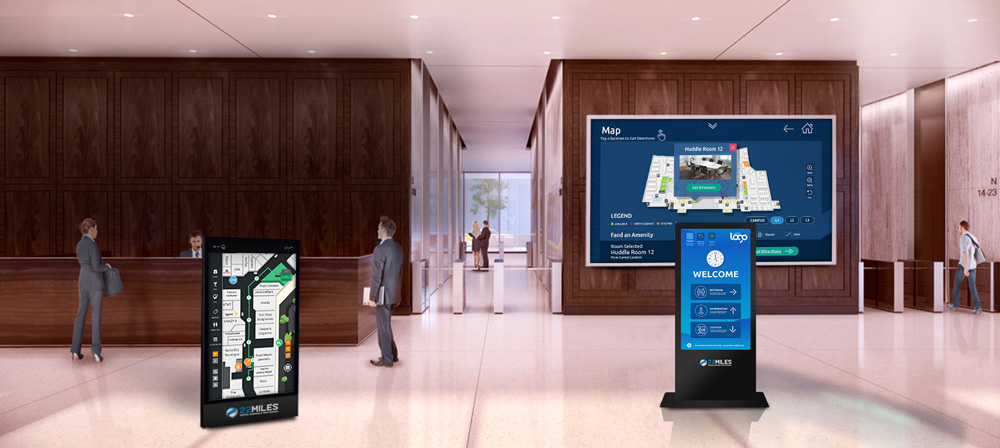Wayfinding systems encompass both information and design architecture aimed at orienting individuals within a space and guiding them from one location to another. Whether implemented in corporate, healthcare, retail, or hospitality settings, a well-crafted wayfinding system offers numerous benefits.
For businesses, investing in functional and intuitive wayfinding systems can significantly influence customer behavior, potentially enticing them to explore offerings further. Surveys indicate that 42% of respondents discover new products through retail stores, underscoring the importance of effective navigation aids in capturing this market.
Conversely, a poorly designed wayfinding system risks alienating customers and hindering their overall experience. By contrast, an effective system can transform what might otherwise be a stressful endeavor into a positive interaction, thereby enhancing brand perception and fostering customer loyalty.
Crucially, effective wayfinding ensures not only intuitive navigation but also safety and accessibility for all users. Moreover, leveraging technological advancements presents opportunities to create immersive and personalized navigation experiences, further enriching the overall user journey.

The Foundation of User-Centric Wayfinding Design
Developing a user-centered design for your wayfinding system hinges on conducting comprehensive user research and needs analysis. This entails a thorough examination of human factors in wayfinding, including identifying user groups and their specific navigation challenges.
For instance, in a hospital setting, addressing mobility issues becomes paramount in designing an effective wayfinding system. This involves ensuring pathways are precise and wide enough to accommodate wheelchair users. Additionally, the design of signage must prioritize intuitiveness, catering to individuals with disabilities.






